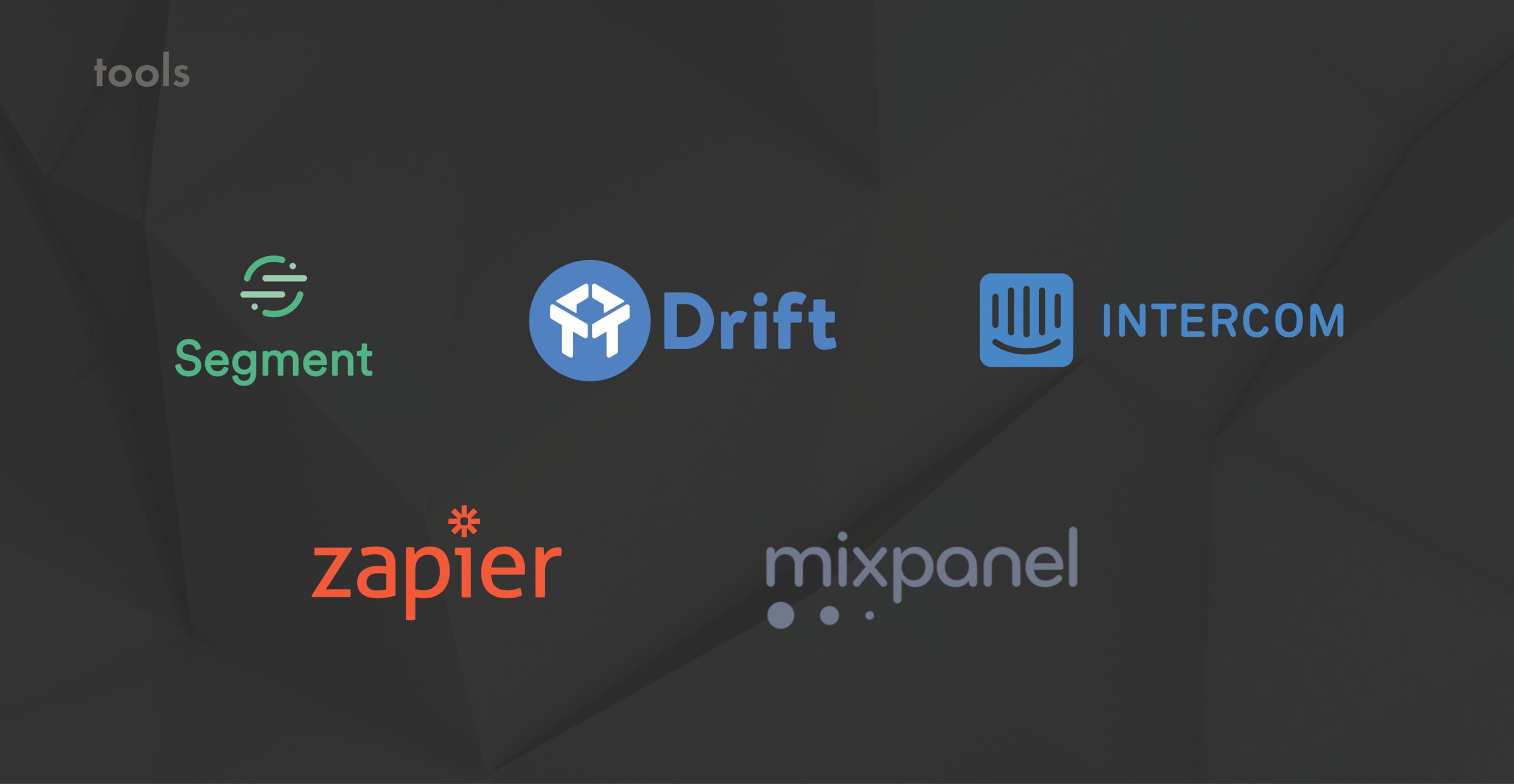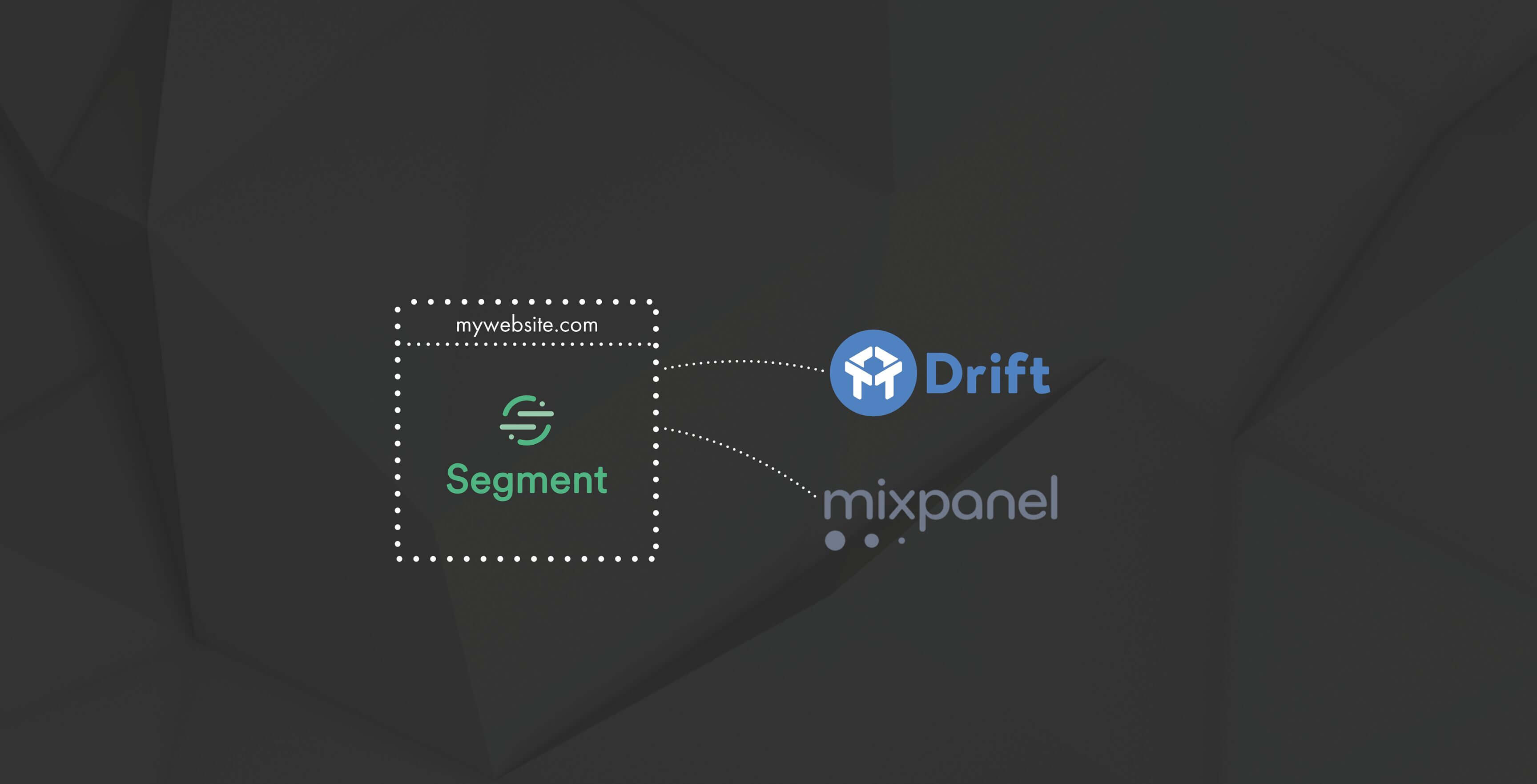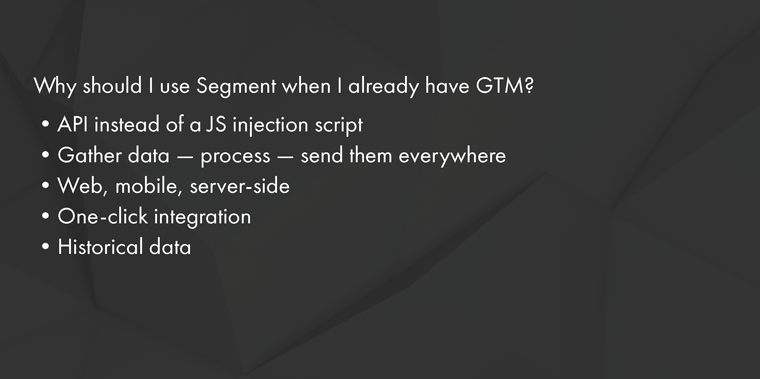This is the first article of our ‘Insider Series’ about how we do things in Viral Loops. We thought that there is no better way to start things than explaining how we turn our leads into customers.
Inbound Marketing is a raw force; an art. And like every art, it’s a matter of perspective.
That means that there are (almost) endless ways to do it and endless reactions that people might have over it.
My good friend Pablo (yes, Picasso) said that great artists steal. Nothing is original and everything is a remix, that’s why this article is something you can literally copy/paste for your own business.
This piece of writing encloses the Inbound Marketing Stack we’re using for Viral Loops, and now you can get it to work for you. Note that it’s important to adjust this stack to what you do, otherwise it’s not going to make any sense and also it’s not going to work.
So, our Inbound Marketing stack is built with 5 tools:
- Segment
- Drift
- Intercom
- Zapier
- Mixpanel
Let’s see how every one of those tools help us get where we want to go.

Segment
Segment is a connector. It’s basically ONE API, that you can use to transfer data from one platform to another.
You can install Segment on your website, let it gather data from it and then send it to some 3rd party applications for further actions.
For example, if someone reads a blog post on your blog or clicks on a certain call to action, Segment might send this information to Mixpanel, Drift or Intercom so you can push the right message to this particular user, or just enhance your statistical depth.

Of course, in the same logic you can use Segment to send data to any application you might think of.
It’s true that Segment might remind you a lot of Google Tag Manager, but there are some key differences:
- It uses API instead of a JS injection script.
- It gathers data — processes them — sends them everywhere.
- It works with Web apps, Mobile Apps and you can also connect it with your server.
- It has one-click integration. All you have to do is to go to Segment’s interface and choose the apps you want to connect.
- You can use data from your apps even from before connecting them with Segment.

Mixpanel
If you’re into marketing, you probably already know that data is a big deal. In the same logic, finding the best platform to gather that kind of data for you is crucial.
Of course, if you’re running a simple website or a blog, you can go with Google Analytics.
On the other hand, if you’re running an eCommerce business or a SaaS product (like we do), you have to get a more in-depth insight on how your users interact with your product. And that’s where Mixpanel comes into play.
The basic difference between Mixpanel and Google Analytics is that Mixpanel offers the ability to us to ‘see’ the data on an individual level. In other words, while using Google Analytics you can see segments of data, but you don’t really know how each individual user interacted.
Also, something of key importance that Mixpanel delivers over Google Analytics is the Dynamic Funnel Analysis. Averages lie, and that’s why you need to see how users interacted with your funnels depending the source they came from or depending on each action they took further down your funnel.
Sure, you can also set up Google Analytics to see the funnel for the users that came from e.g. Google AdWords, but the downside is that you will not have any historical data as the platform will start gathering information from the moment you set it up.
On the contrary, with Mixpanel you can make whatever segment might come into your mind and use data from the past.
Another huge pro against Google analytics is that Mixpanel has a much more accurate cohort system due to its identification system. In other words, you can double and triple down to individual sets of users so you can gain more valuable insight about their retention rate and thus create better experiments to improve their experience.

Of course, in order for all these beautiful things to work like they are supposed to, you have to make a proper setup for all the events you want to track. For that, you can utilize Mixpanel’s documentation and customer support to guide you through step by step.
Inbound Lead Generation
If you’re going to build a kick-ass Inbound Marketing Stack, the main pillar of doing so is to find a way to capture those Inbound Leads and start communicating your message to them; right?
You obviously need a tool for that- or you can spend money and time to build one for yourself (I don’t recommend this).
The Top-2 tools for Inbound Lead Generation right now are Drift & Intercom. Let’s see each one individually.
Drift
Chatting with users is a very powerful weapon. Most people have it in mind as a customer support solution but Instead of traditional marketing and sales platforms that rely on forms and follow-ups, Drift connects your business with the best leads in real-time, like a virtual assistant for your website.
Intercom
Although Intercom also provides the ability of live chatting, it’s magic comes into play when you build automated email or notification campaigns.
You see, connecting Intercom with another app that gathers individual user data, you can build dynamic campaigns that deliver a specific message depending on the user’s previous actions or preferences.
Zapier
Automation plays a huge role in everything, but it’s better to let your developers away from your marketing stuff; they have their own problems.
I’ve used Zapier a lot and it’s really amazing as there are hundreds of apps you can use it with. We still use it for sending leads to our CRM or our email list, and also for sending an automated tweet to people we’ve included in our articles- which btw, works amazingly good.
We love it because it’s very easy to setup and we don’t have to allocate any developer resources to connect services that don’t have an official integration with each other.
TL;DR
Our Inbound Marketing Stack consists of tools that help us to:
- Gather data.
- Exchange data with other apps.
- Capture leads.
- Nurture leads.
- Turn leads into customers.
Using a limited amount of words, we gather, process and send data by connecting all of our tools with Segment.
We capture leads through Drifts and then by utilizing Mixpanel’s powers we create user segments that we later leverage with automated dynamic campaigns so we can either do further lead nurturing or finally turn them into customers.
How would you build your Inbound Marketing Stack?

2 comments
Hi Apostle, very interesting thanks!
How do you use Drift along with Intercom is not clear to me though.
Can you please elaborate a bit?